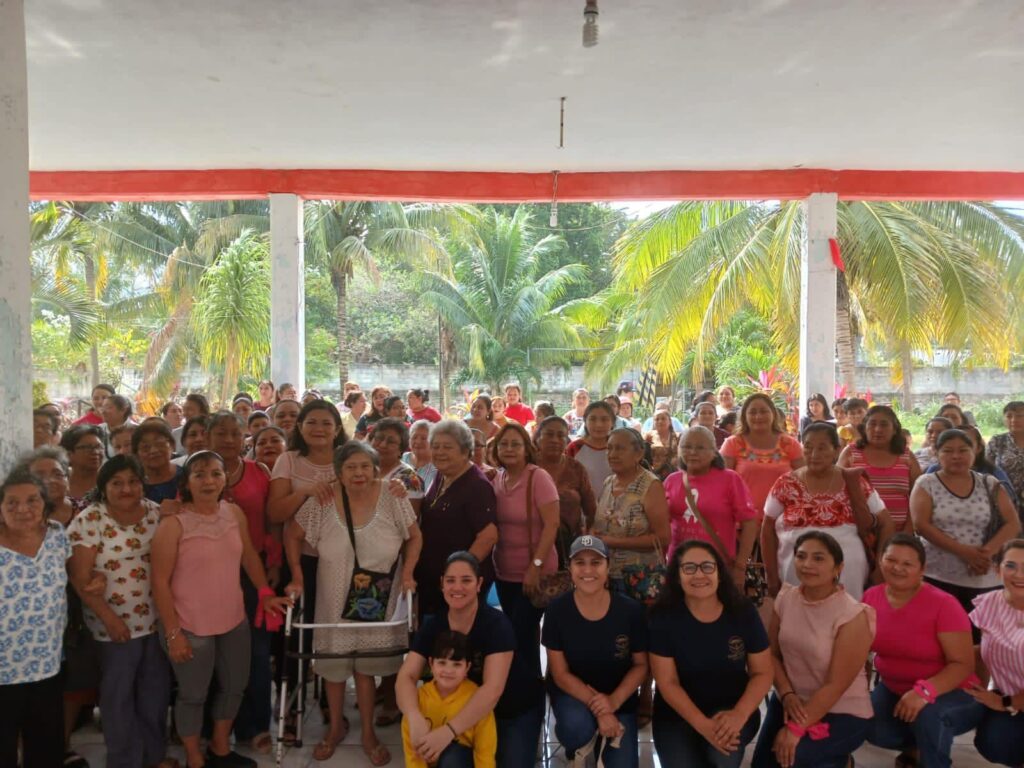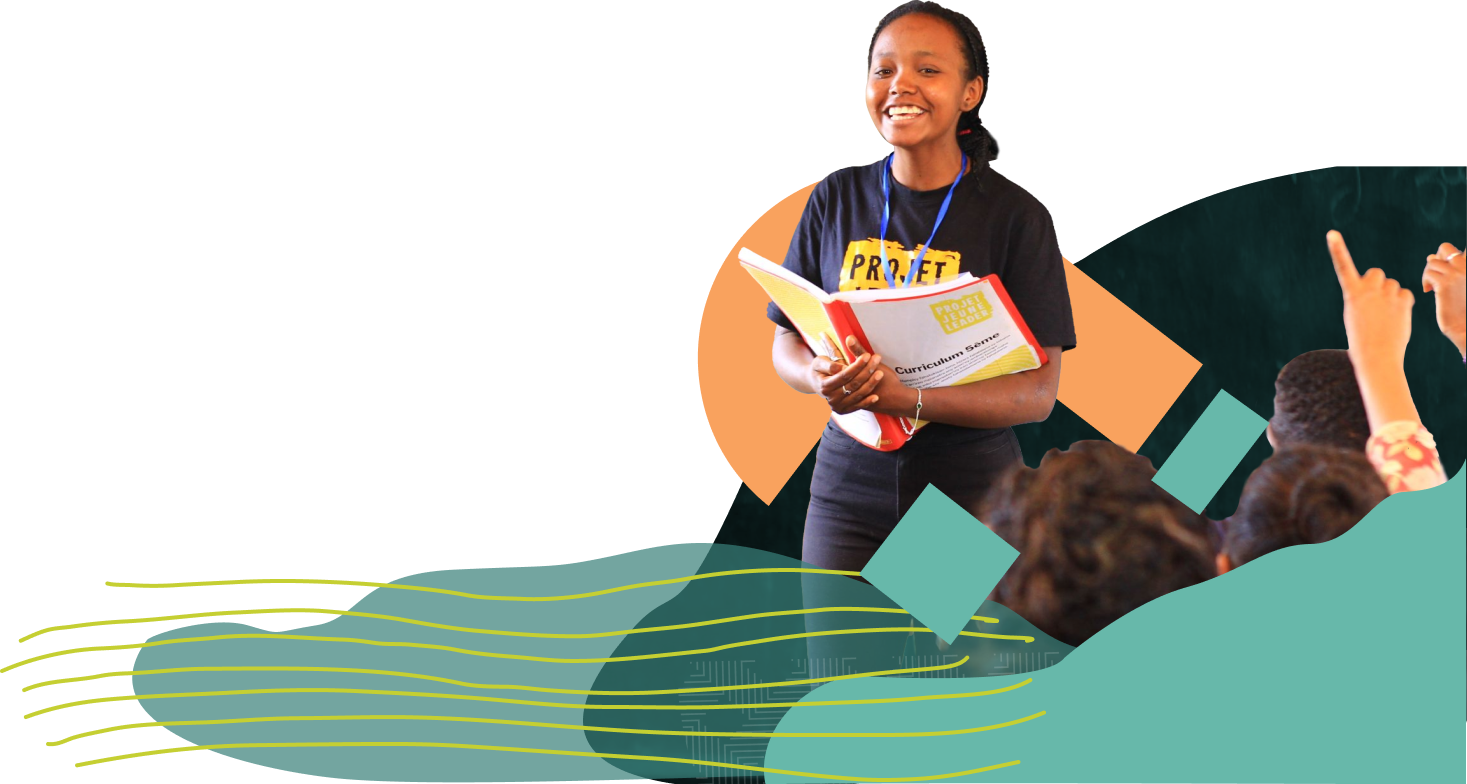What Will It Take to End Violence Against Women?
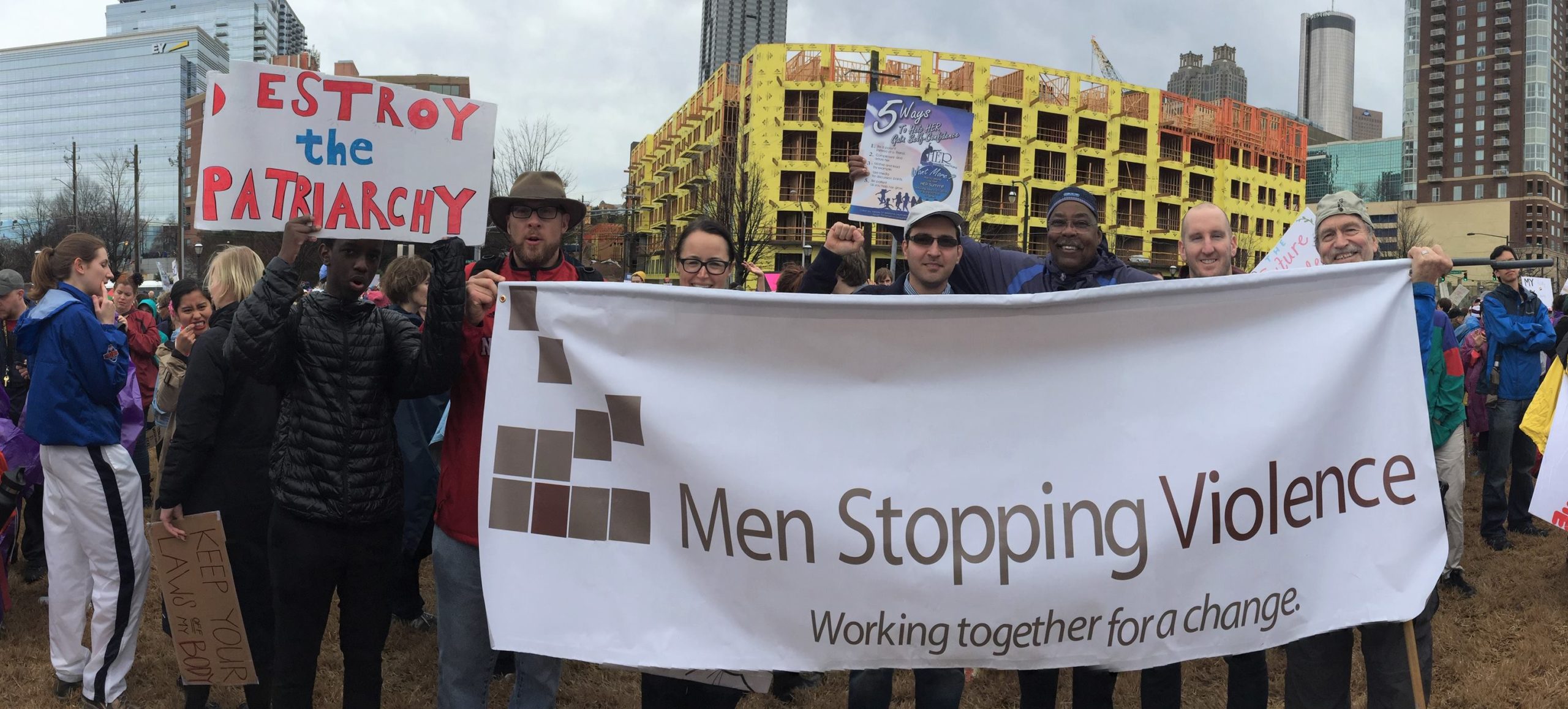
The World Health Organization calls gender-based violence, “a global health problem of epidemic proportions.” Despite increased attention to this issue, the current approach is not working for women and girls, men, or the communities in which they live.
What will it take to end violence against women?
That question framed a lively webinar — led by WomenStrong partners Black Women’s Blueprint based in Brooklyn, New York, and Men Stopping Violence, of Atlanta, Georgia — to reimagine models for violence prevention.
Their discussion set out to expand current thinking about strategies for preventing violence, create space to deliberate about the nature of accountability, and advance a robust dialogue about the dominant story of masculinity and its consequences for men, women, and all genders.
Engagement by the many audience members, too, was vibrant, impassioned, deeply informed, and heartwarmingly open, enriching the webinar greatly and making it a valuable time together.
So what did we learn?
Read on for four key themes that emerged from the conversation. Or, you can watch the hour-long video here:
1. Create space for deep connection among leaders.
The webinar opened with a grounding and “collective witnessing practice” in the form of the “I am” exercise, a useful tool to deepen connections among leaders who are often called to have challenging conversations.
As described by Sevonna Brown, co-founder of Black Women’s Blueprint, “Often we’re in such deep intellectual conversations with one another, but we don’t really know who each other are, or where we come from. Being able to honor not just each other, but each other’s legacies, and each other’s thousands and thousands of people who come with us into a room, is an honor.”
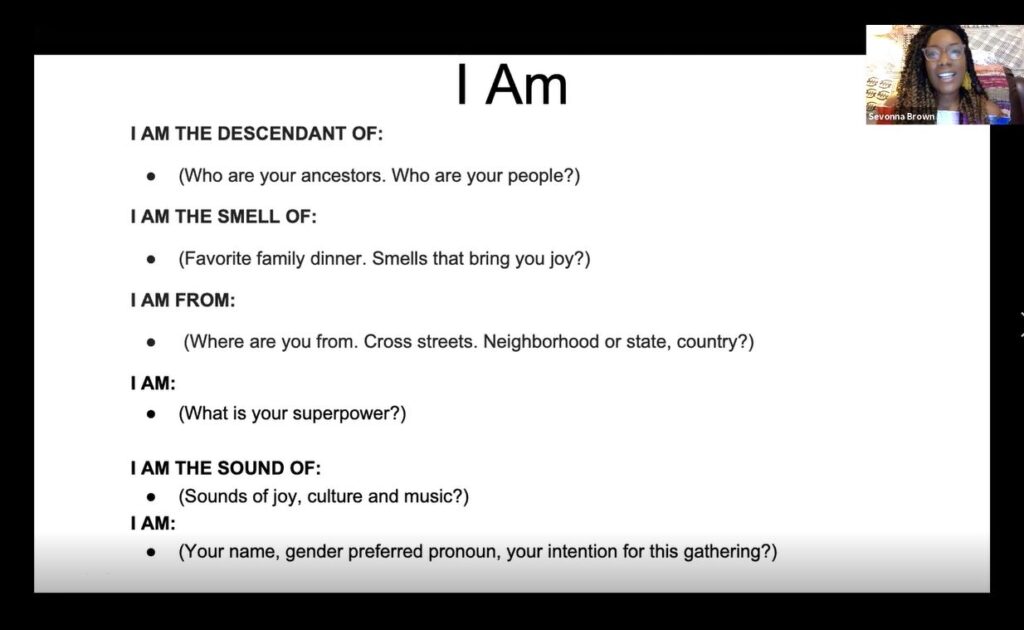
2. Expand traditional violence prevention frameworks.
“There is a stubborn insistence in framing the problem in individual terms. So many strategies employed today are still based on working with individual men, working with individual women,” said Ulester Douglas of Men Stopping Violence.
What other factors should be examined?
Both Black Women’s Blueprint and Men Stopping Violence adopt expansive violence prevention models that go far beyond examining individuals and their relationships within a community.
According to Farah Tanis, co-founder and executive director of Black Women’s Blueprint, while the mainstream violence prevention model “looks at societal factors, we add a structural analysis and approach that focuses on accountability by those persons and leaders who make the policies and the groups who benefit.”
Her organization also examines historical, environmental, and spiritual factors in its analysis.
Men Stopping Violence has adopted a Community Accountability framework that looks at various contexts that shape gender norms and contribute to an individual’s behaviors and beliefs.
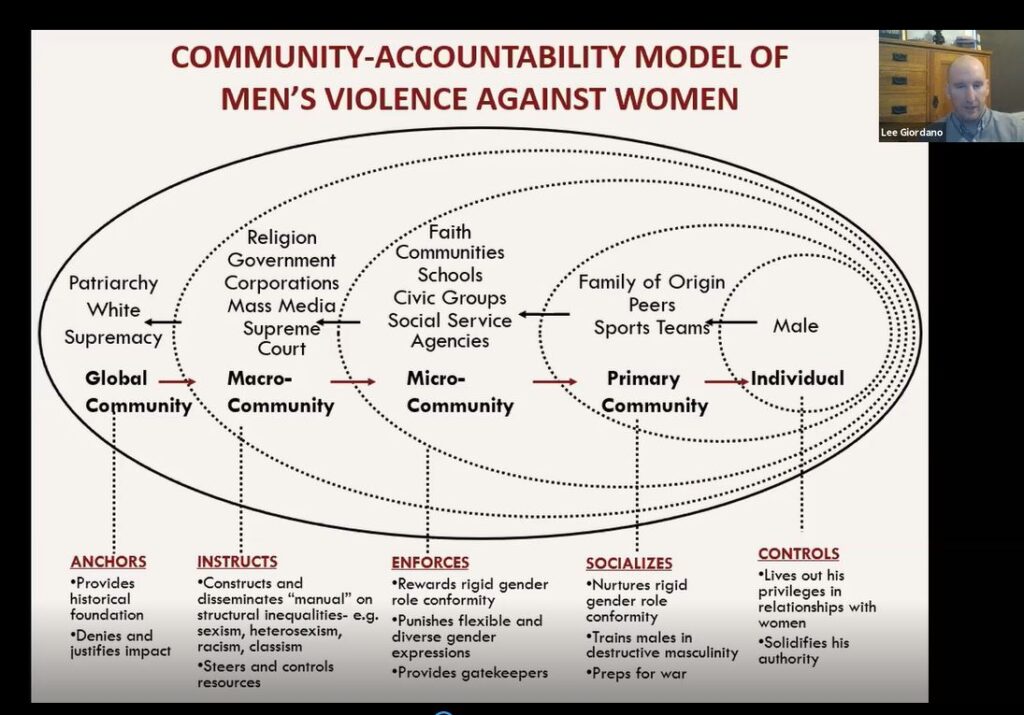
The Men Stopping Violence framework examines an individual’s primary community of family and peers, a micro-community including faith groups and schools, a macro-community that encompasses mass media and other institutions, and finally, a global context that encompass historical factors such as colonialism and patriarchy.
3. Explore culturally relevant processes that promote justice, safety, and collective healing.
In the United States, the criminal justice system now plays an outsized role in addressing violence against women, according to both Black Women’s Blueprint and Men Stopping Violence.
And yet, according to Lee Giordano of Men Stopping Violence, “The criminal legal system uses many of same tactics of control that we tell men at the individual level that it is inappropriate to use.”
“We have a system of accountability in our society that isn’t about changing norms so that men aren’t abusive,” Mr. Giordano said, but is about “upholding norms and policing how abusive men are, how can they continue to exert control without crossing different lines.”
How do we move forward to create justice, safety, and healing for those affected by gender-based violence?
Black Women’s Blueprint, which uses practices that advance truth and reconciliation, includes culturally relevant traditions that are “steeped in knowing how to engage around harm,” according to Ms. Brown.
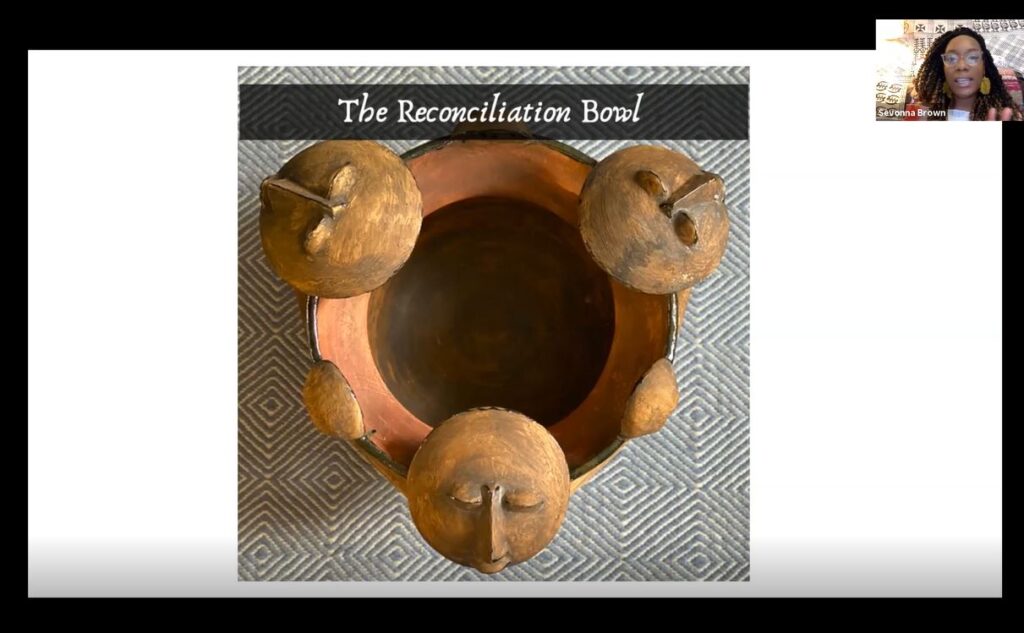
One such practice is the use of the Reconciliation Bowl, which has been utilized as a tool for enabling conflict resolution across Western Africa.
“It’s an opportunity for those who have been harmed, and those who have harmed or been complicit in harm, to come together and reconcile around a cultural artifact and cultural strategies,” Sevonna said.
Men Stopping Violence creates male-centered spaces such as the “Umoja Hour” and The Huddle, where men can connect and heal from the harms they are witnessing all around them, including recent police violence that has led to the needless, tragic deaths of George Floyd, Breonna Taylor, and far too many others.
4. Adopt transformative goals that go beyond “zero violence” to address patriarchy and racism.
One dominant thread throughout the discussion? If we’re going to end violence against women, we need to think more broadly to address root causes.
As Ulester Douglas said, “So much of what we are doing right now [in the violence prevention community] is to focus on the bodies that are coming down. We work, we do some repair of the bodies…Let’s look upstream and see what’s going on up there. And what we see up there is that the forces of white supremacy and patriarchy are in full force.”
Farah Tanis, quoting author and activist bell hooks, talked about patriarchy as, “the single most life threatening social disease…in our nation, if not the world…We need to look at where most violence is coming from…and really address the heart of men and the heart of patriarchy and dismantle that system.”
All the speakers agreed that we must hold and contend with both patriarchy and white supremacy and overturn those systems, in order to end violence against women.
Overall, the conversation between Black Women’s Blueprint and Men Stopping Violence modeled how organizations within the movement to end violence can come together for a rigorous discussion that deepens understanding and builds empathy while exploring solutions.
We look forward to many more compelling conversations with WomenStrong partners and others over the months to come.


